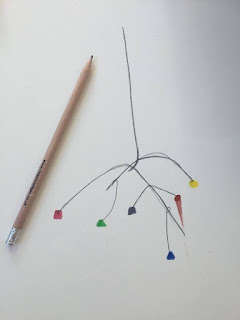A zoetrope is a a 19th-century optical toy consisting of a cylinder with a series of pictures on the inner surface that, when viewed through slits with the cylinder rotating, give an impression of continuous motion.
We completed a Zoetrope workshop which was to explore and create our own short animations. The workshop allowed us to apply practical skills, understanding and methods to solve time-based problems in the task. Also, the workshop allowed us to demonstrate the ability to plan, organise and prepare solutions for the time-based project. The task for the workshop was to develop a character that resembles myself or a pet which will complete an action or movement in the zoetrope. The Zoetrope is a device that produces an illusion of motion when the cylinder is spun at a fast pace to create a small animation piece. Around the cylinder, slits are placed to allow the observer to see the pictures moving around at a fast pace. These images blur together at a fast pace to produce a repeated short animation and if the spin is faster, the smoother the progression of image. In college a handmade Zoetrope was created for the workshop task and it had a different layout compared to a traditional Zoetrope. The cylinder shape has changed to a circular base which allows pieces of paper to be slot onto the sides to create the Zoetrope. For the slits and observation to work on the Zoetrope the circle base has a large surface area so that the paper can slotted equally in order for the animation to work.













